A joint French-Swiss archaeological mission has unearthed a fascinating piece of ancient history: the mastaba of a distinguished royal doctor from Egypt’s Old Kingdom.
The discovery, hidden away in the sands south of Saqqara’s archaeological expanse, sheds light on the life and legacy of a revered physician who served during the reign of King Pepi I, second ruler of the 6th Dynasty.
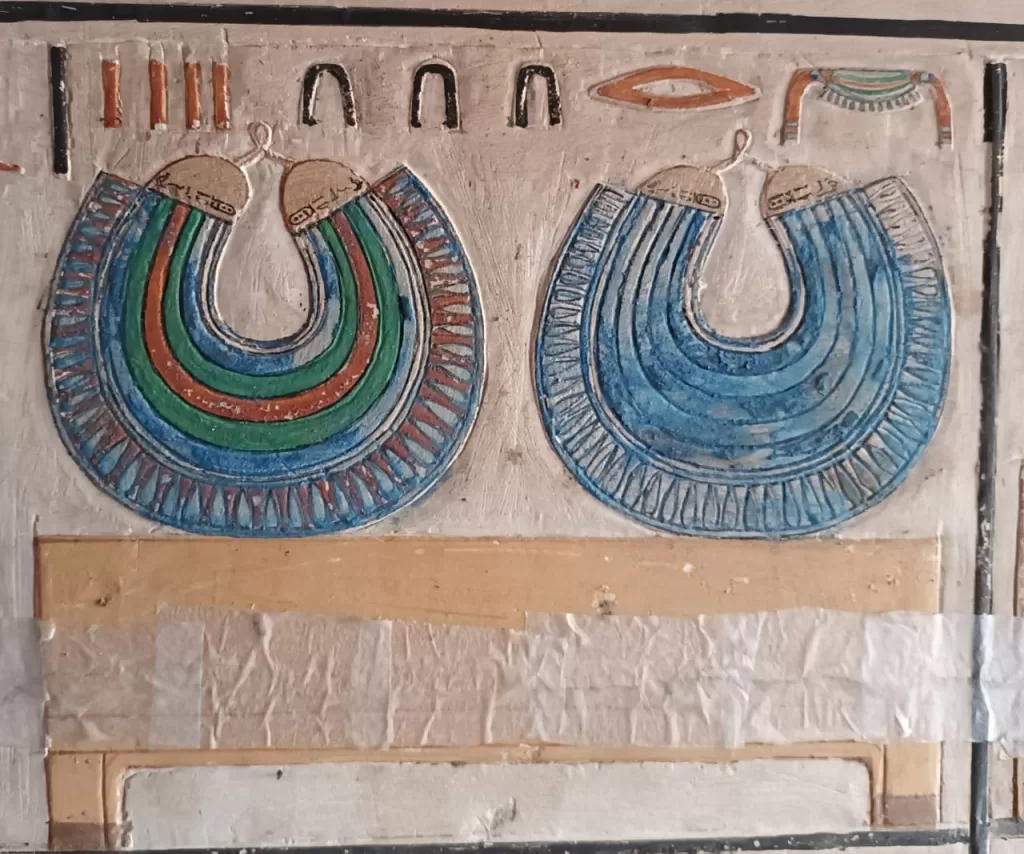
The intricate carvings and vibrant murals of this tomb reveal the multifaceted identity of the tomb’s occupant, who bore an array of titles revealing an elite stature.
Revered as the chief physician of the palace, he had also served as priest and “sorcerer” for Serket, the goddess known for her prowess in healing venomous stings and bites. His expertise extended to dentistry and the management of medicinal plants, cementing his status as a pivotal figure in ancient Egyptian healthcare, according to a statement by the Ministry of Tourism and Antiquities.

While it appears that looters infiltrated the mastaba in antiquity, their hands spared the exquisite inscriptions and breathtaking artistry adorning the walls.
One wall is particularly notable, carved to mimic an intricately designed symbolic door, awash with vivid colour.
In addition, the painted scenes depict an array of funeral belongings, furniture, with a meticulous catalogue of offerings, providing a poignant snapshot into the funerary practices of the time.
The ceiling of the tomb exudes an unexpected touch of opulence, painted to replicate the grandiose appearance of granite stones — a testament to the rich aesthetic sensibilities of its creators.
The French-Swiss team embarked on their exploration of the promising terrain in 2022.
Their efforts have not only brought to light the remarkable tale of a royal healer, but also invigorated our understanding of the sophisticated and ceremonious world of ancient Egyptian medicine.
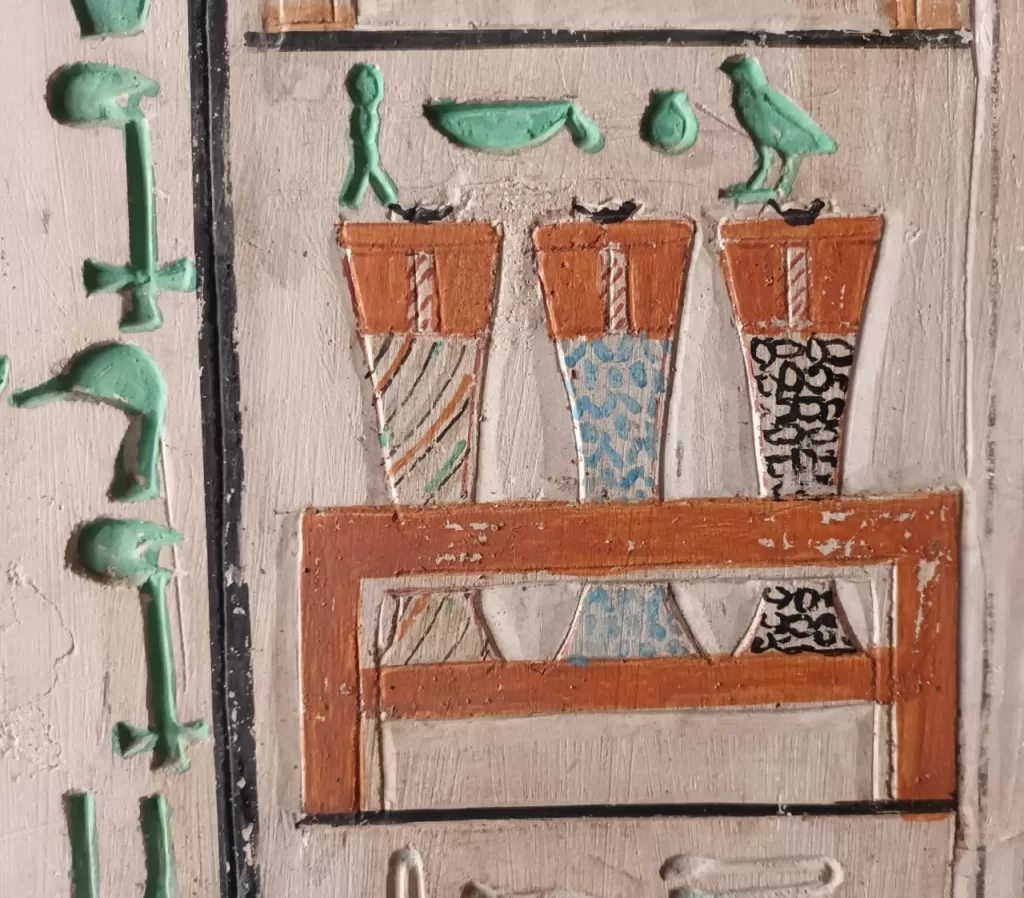
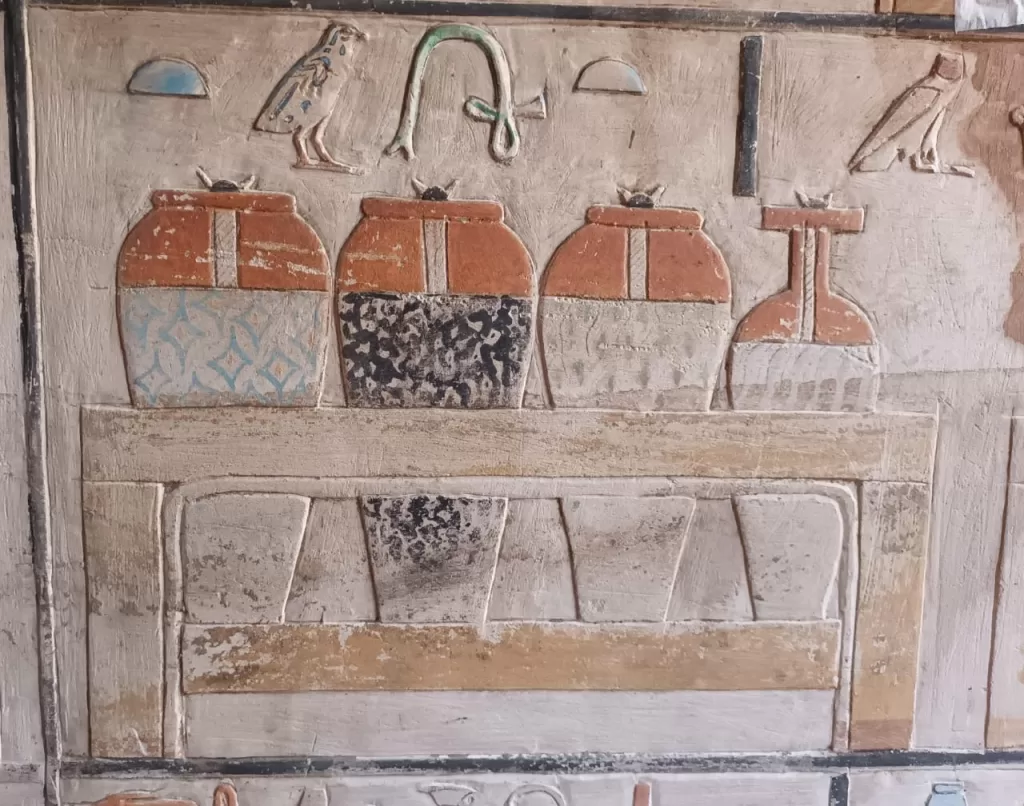



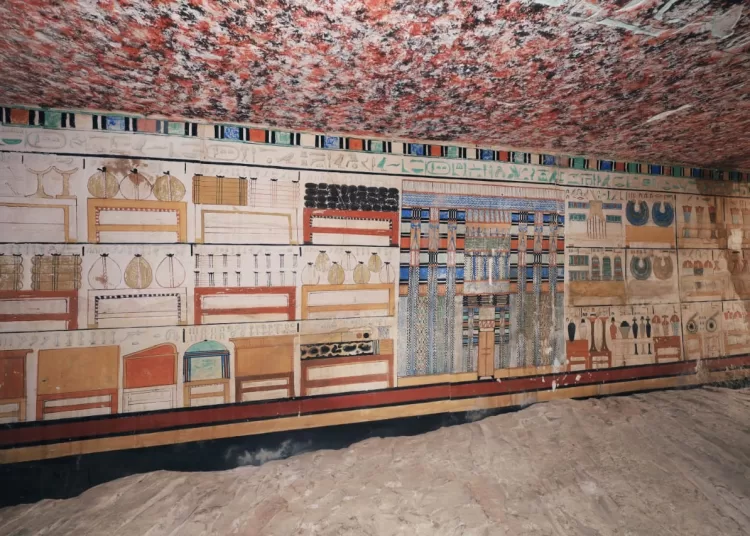
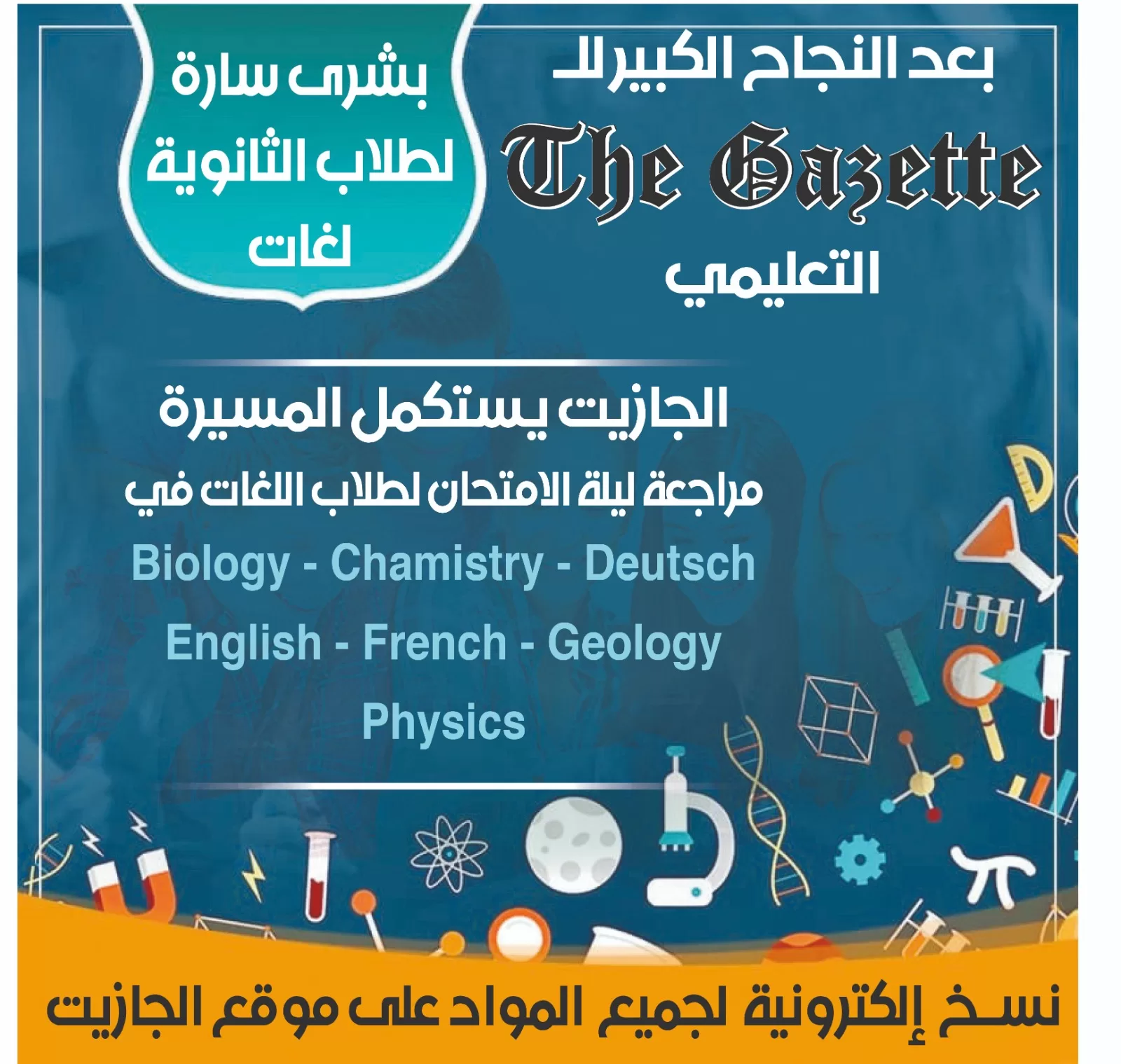

Discussion about this post